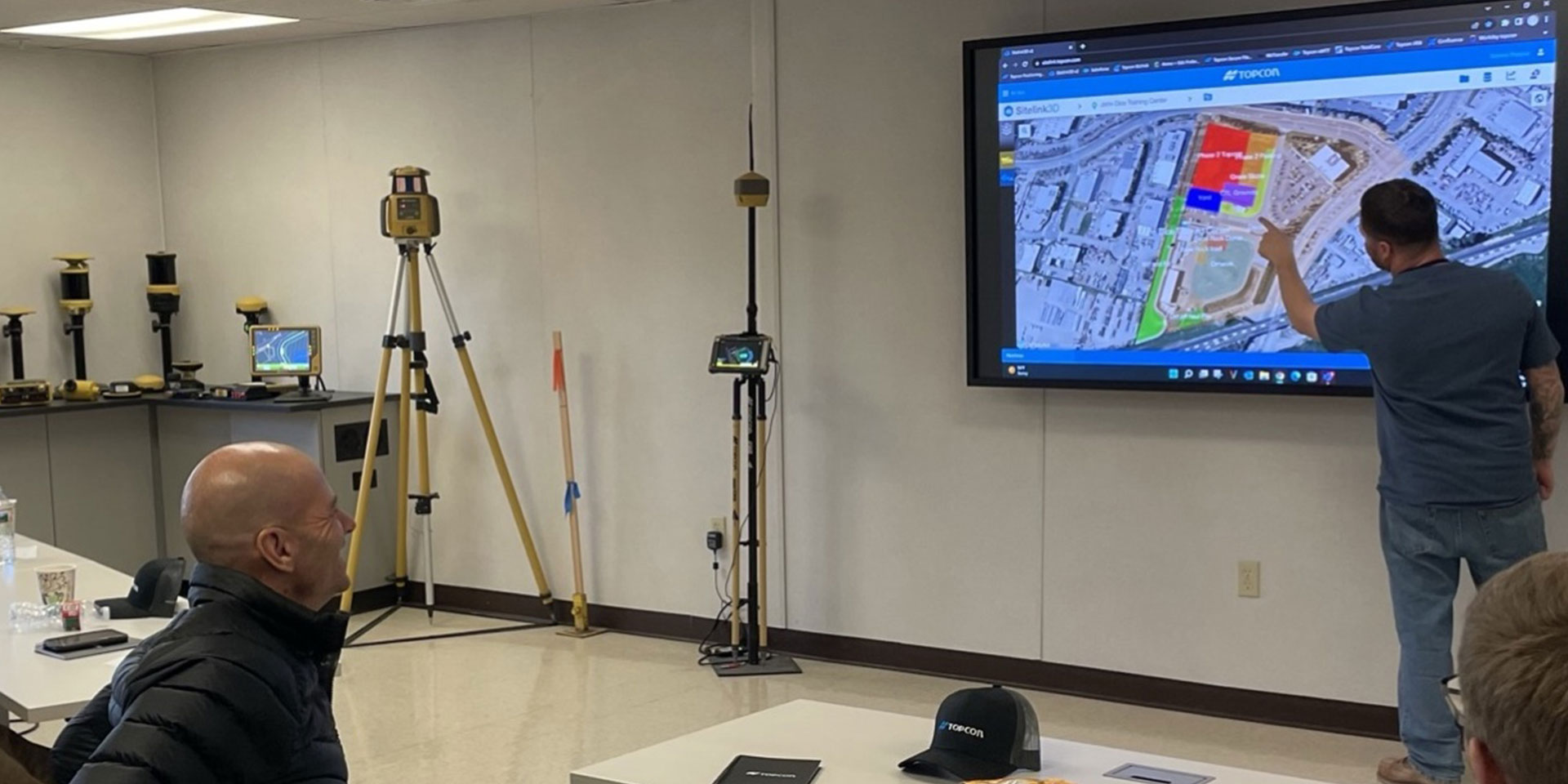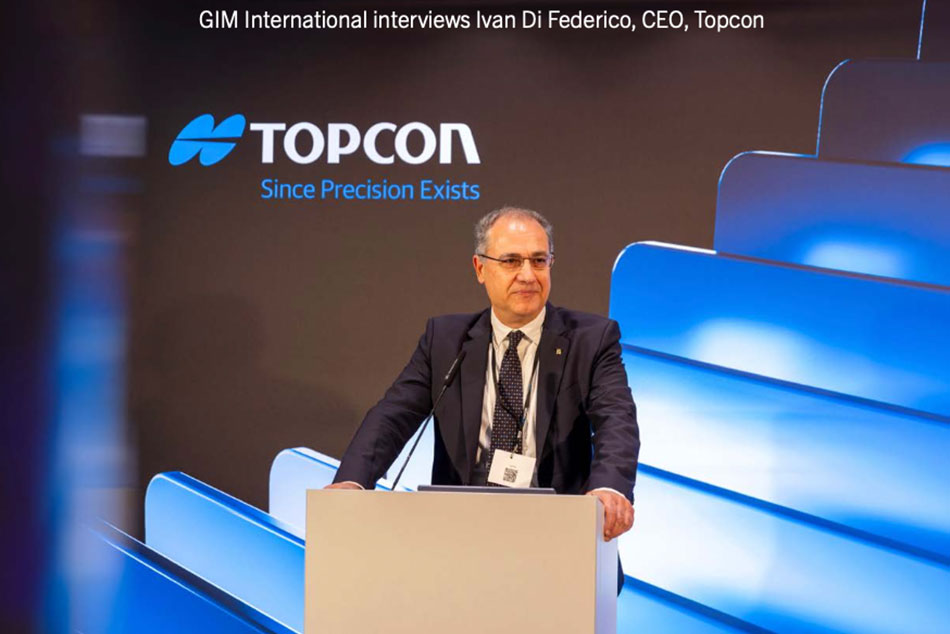As the face of business today changes, so too, must the approach to support.
In the ditches that line the metaphorical Road to Success, you will find the remnants of countless short-sighted companies. These are the organizations — some from long in the past, some from today — who failed to recognize a key point: that what happens after the sale is often more important than the sale itself. When that situation occurs, customers, feeling abandoned, lose faith in their investment and look elsewhere for their next purchase, relegating the offending company to the wayside cited above. And, while many companies earn that repudiation by outright dismissing the importance of follow-up support, others simply failed to recognize that their approach to service and support was sorely outdated. They were blind to the fact that the needs of today’s customers are far different from those whose jobs they are inheriting. Add in an aging demographic working longer into their careers than ever and you have a clarion call for change, a need for new, diverse, individualized training, designed to meet a broad range of needs. Some will heed that call, others will secure a well-earned spot in that culvert.
Beyond the Product
In all fairness, for many companies, support used to be a much easier animal to care for than it is today. Make a few service calls, ensure the latest info was available, send updates when necessary, etc. However, to quote noted ‘60s songsters, Chad & Jeremy: “That was yesterday and yesterday’s gone.” Today’s equipment is more complex, its users both more demanding and more independent, according to Ron Oberlander, vice president of Topcon Global Professional Services.
“Today’s customers are, in fact, looking well beyond the product itself,” he said. “They are looking for ways that product can impact their operation and they are concerned about the support behind it. And today’s users don’t want to just call the company; they want to do as much as they can on their own, on the fly and at their own pace. It’s a much different scenario than even just ten years ago.”
Much of that new outlook, he added, can be attributed to the changing customer demographic which most industries are facing. The generation taking the reins today is comfortable with all aspects of social media and prefers to incorporate most aspects of their life — including business — around that.
“Compare that to the previous generation, which, in advance of training sessions, will often ask for printouts of my PowerPoint presentation so they can take notes,” he said. “Now, that’s certainly not wrong; it’s always worked well for them. But we are seeing less and less of that because of the demographic of the people utilizing our eLearning site or the ‘myTopcon NOW!’ mobile app or coming into our training center. We’re working hard to find ways to accommodate this new reality and provide the best possible customer experience.”
Increasing Awareness
According to Oberlander, based on those criteria — the need for more info and the changing demographic — Topcon has focused its efforts on helping the customer both more easily adopt the technology and understand the many options available to get the most out of their product.
“A customer might reach out to us knowing that we offer total stations, rotating lasers and so on,” he said. “But they might not be aware of our leadership position with machine control and that we have Sitelink3D, MAGNET Office, and so many other solutions that could greatly enhance his or her operation. Mind you, we are talking about simply educating the customer, not ‘upselling’ them. In our estimation, a better-informed customer will make a better-informed decision on what is right for them and take that next step when they are ready. Showing them how they can be more efficient, more productive, more accurate, etc., is a win-win for everyone.”
That’s important, he added, given that the overall goal is — and has always been — helping the customer’s operation be the best it can be. And not just when that solution is purchased, but for its lifetime. The way to do that, said Oberlander, is by ensuring that customer that they will benefit and grow not just from the Topcon product, but also the infrastructure that surrounds and supports it.
“We want their experience to be effective and seamless,” he said. “If they don’t know how to use 3D-MC or even what GPS is, we have them covered with the ‘myTopcon’ eLearning portal. If they’re not sure about self-service firmware and software updates on their product, we have in-field support via ‘myTopcon NOW!.’ Doing so, we bridge the gap from that older generation who would rather call and ask how to resolve an issue and the next generation user who prefers the self-help route. The point is, we have the answers they need and can deliver them in a way with which they are most comfortable.”
The Bigger Picture
While the customer experience is generally seen as being geared toward the individual, it extends well beyond that. Today’s job sites, being larger and more complex than ever, demand an unforeseen level of attention. Solutions such as Sitelink 3D from Topcon, which allow the user to see where all their equipment is, do remote support, send data files back and forth, etc., go far to enhance productivity and efficiency. But, according to Oberlander, from a company perspective, the real enhanced customer experience goes much deeper than that.
“We know that many job sites are running mixed fleets — a term that could include different types/makes of machines, different types/makes of solutions, as well as civil engineering design software from different companies. We want our customers to know that, despite the presence of differing technologies, we have a level of open architecture truly designed to maximize their productivity. And it extends even further. For job sites in which two contractors are running different systems, we have data formats that will convert one data stream to the other, allowing both teams to work on the same project.”
If allowing seamless integration with a competitor’s solution might seem counterintuitive to many, Oberlander sees it as quite the opposite. Allowing that kind of compatibility, he said, is the essence of the customer experience he seeks.
“For us, that kind of situation is not a grey area: it is clearly black and white,” he said. “It is the best way to ensure that the customer’s project reaches the level of success he envisioned. At the end of the day, if he or she walks away impressed that we simplified what he thought was a nearly-impossible situation, we’ve done our job.”
One-on-One Approach
The final component to this full customer experience picture is, for lack of a better term, the personal touch. When a customer or prospective customer reaches out to a Topcon representative for help, the company wants to ensure that the help delivered — be it advice, service, product info, etc. — meets those specific needs.
“When customers visit us at a trade show or at one of our training centers, we want that experience to be satisfying — maybe even surprising to them,” said Oberlander. “We want to tailor the learning experience to that customer, with the ultimate goal being to make them more productive in their application. The last thing most any customer needs is a sales pitch. They can get that anywhere, from calling their cellular service provider to buying a car. So, if someone comes to us with questions about the laser system on their motor grader, rather than trying to sell them a GPS solution, we try to focus on showing them how valuable that laser system can be when its full potential is utilized.”
And, with two brand new training centers joining others around the world — one in Livermore, California, the other soon to open in Concordia, Italy — Topcon customers will have more access to that enhanced customer experience than ever before. For Oberlander, the new sites are the embodiment of everything mentioned above.
“We’re sure that customers of all generations will have a positive experience after visiting one of our training sites,” he said. “They offer a state-of-the-art training and testing environment, designed to address the needs of each attendee — across the spectrum of applications and solutions — but then go a step, or several steps, further. We want each person to leave that center feeling secure that their needs have been met, that our solutions will continue to make job site operations better and that they will be backed by an unequalled level of support. That’s a great feeling — and, we hope, a great experience.”
















